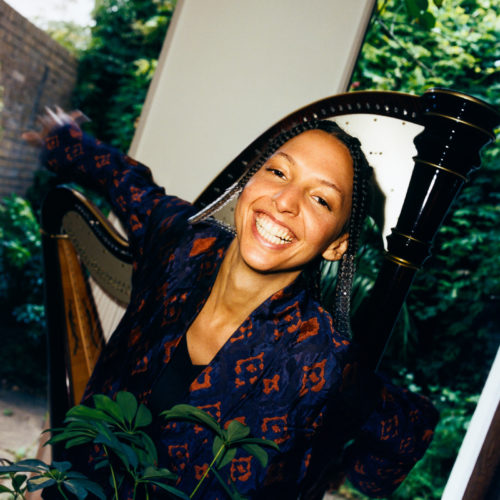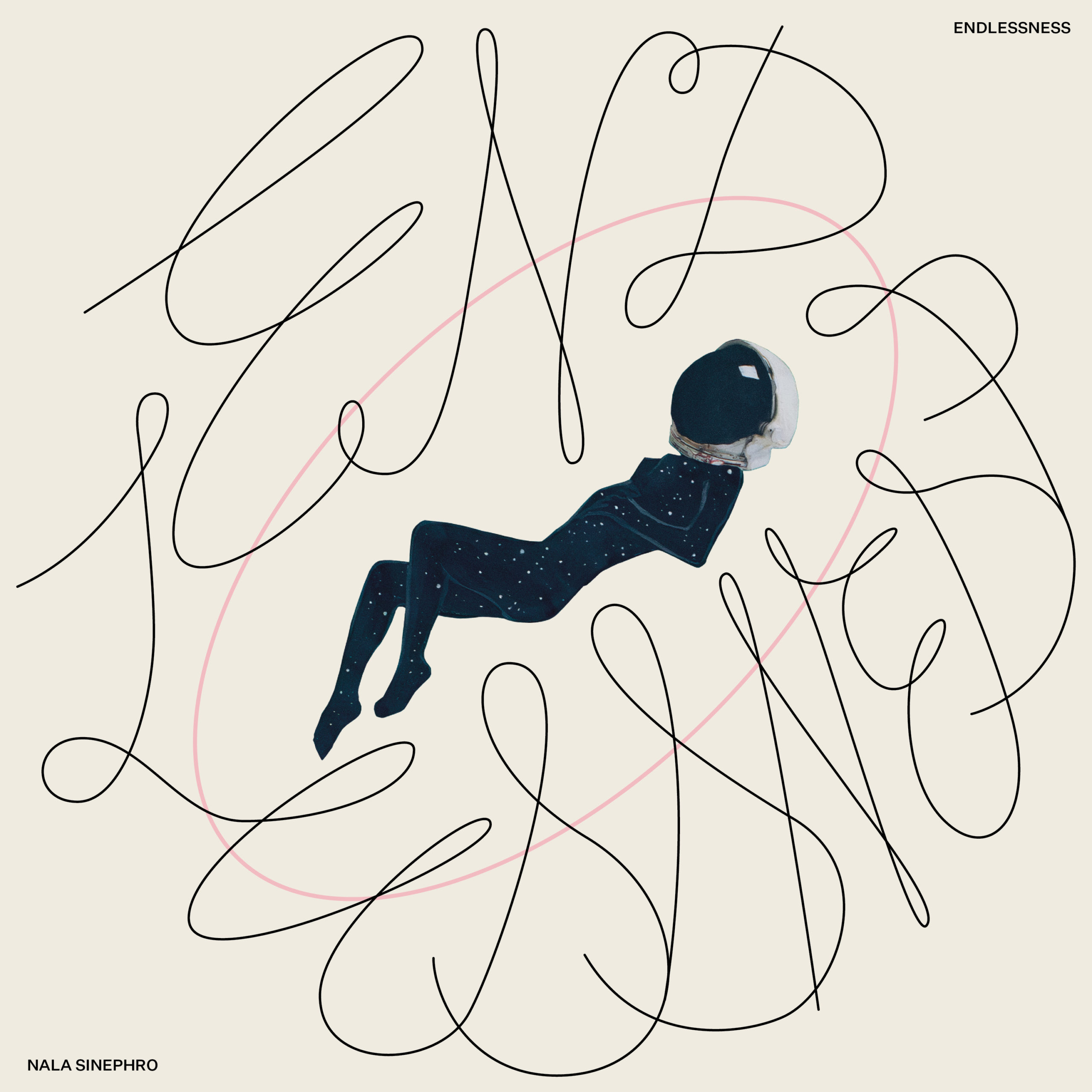
Endlessness
—
Out September 06, 2024
—
Warp Records



Nala Sinephro’s much anticipated new album, Endlessness, will be released on September 6th by Warp Records.
Endlessness is a deep dive into the cycle of existence. The 45-minute album delicately spans 10 tracks with a continuous arpeggio playing throughout, creating an expansive, mesmerizing celebration of life cycles and rebirth. Following Nala Sinephro’s critically acclaimed debut album Space 1.8, Endlessness further elevates Sinephro as a transcendent and multi-dimensional composer, beautifully morphing jazz, orchestral, and electronic music.
Performing on the album are Sheila Maurice-Grey, Morgan Simpson, James Mollison, Lyle Barton, Nubya Garcia, Natcyet Wakili, and Dwayne Kilvington, joined by Orchestrate’s 21 string players. Sinephro’s deftly balanced production, arrangement, and engineering let the musicians shine with only light-touch effects, bridging the immediate and identifiable with the beyond.
The producer and composer’s primary tool in Endlessness is her synthesizer’s Arpeggio, the heartbeat pulsating through the album’s layered reflections on life, grief, rebirth, change, and joy. The looping and repetition of the Arpeggio creates an entrancing solace and constance while Sinephro dives into the endless, her synth patterns slowly unzip from each other and re-merge in continuous helixes. Morgan Simpson and Natcyet Wakili’s drums are loose with subtle cymbals and snares guided by the endless arpeggios. Amidst these overlapping fractals and the soft, voluminous orchestra of strings, the wind instruments are a raw, cathartic voice, grounded by the rounded calls of Sheila Maurice-Grey’s flugelhorn and warm tenor saxes of James Mollison and Nubya Garcia. Garcia and Mollison’s sylvan solos bookend the album, giving a sense of embodiment to the listener as we are guided into the ether. Midway through, Garcia’s assured melodic plunge into the endless is matched by fuzzy spangled synth patterns. In Continuum 6, submission to the kinetic brings peace and release, fully centered by Continuum 7. Small, tender touches, like synths that seem to exclaim a wondrous “squee,” glimpse intimacy of the album to Sinephro, which she described as an audio diary of her 25th and 26th years of life.
The final track, Continuum 10, is an immersive 7-minute grand return and ode to all that has been experienced and yet to be lived. It culminates with a gentle melody that sounds like it was played on a living room upright piano, familiar yet slightly warped by the journey, which holds the listener’s hand back into the real world, perhaps into a new phase.
Sinephro and her band will be going on their anticipated, sold-out debut US tour, performing two headline shows in New York City at St Ann & The Holy Trinity Church on July 27th and Los Angeles at the Masonic Lodge at Hollywood Forever on July 25th. The group will continue into Autumn by bringing their special performance of Endlessness live to the Barbican Hall on October 18th, followed by a debut Japan performance.